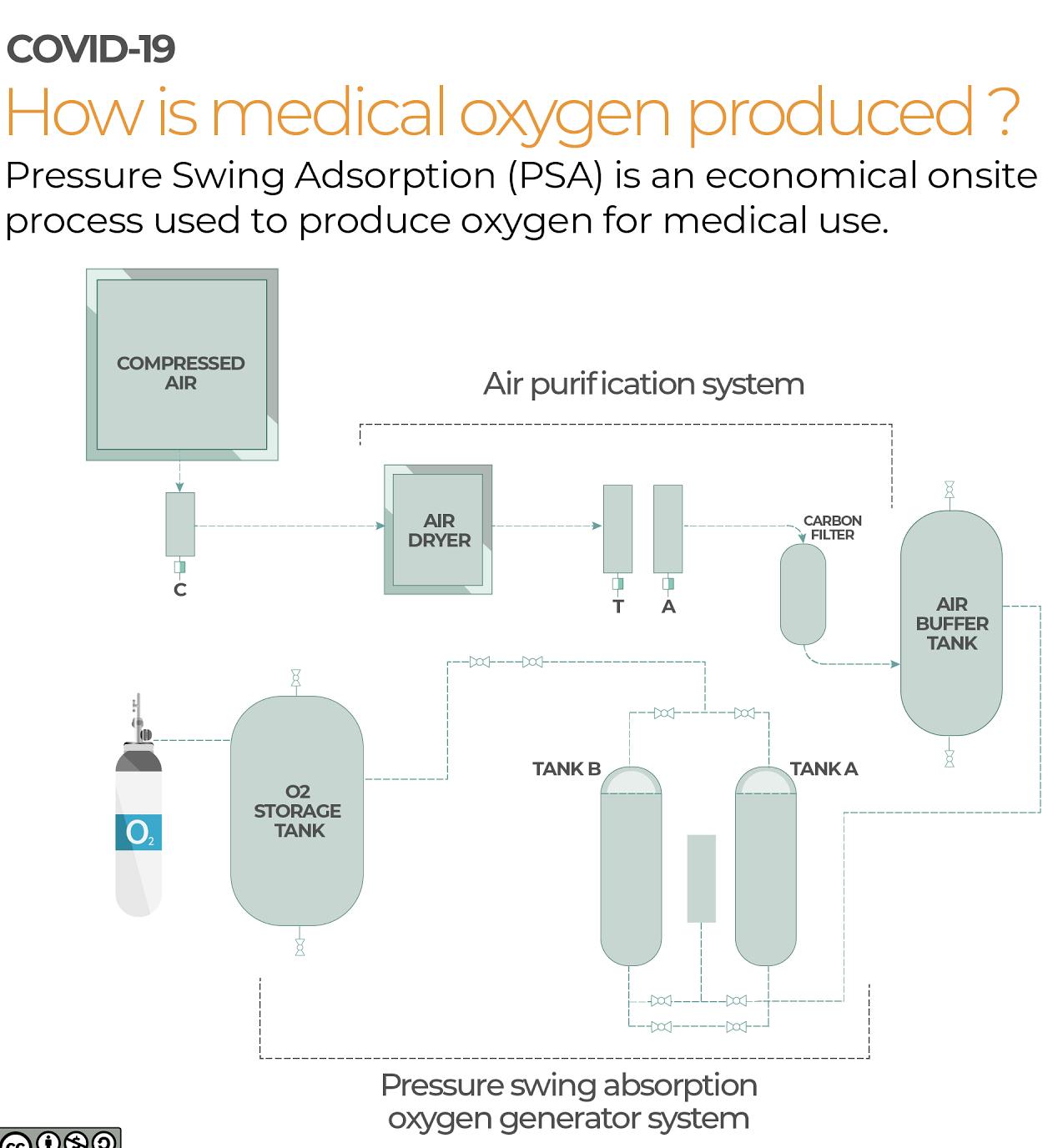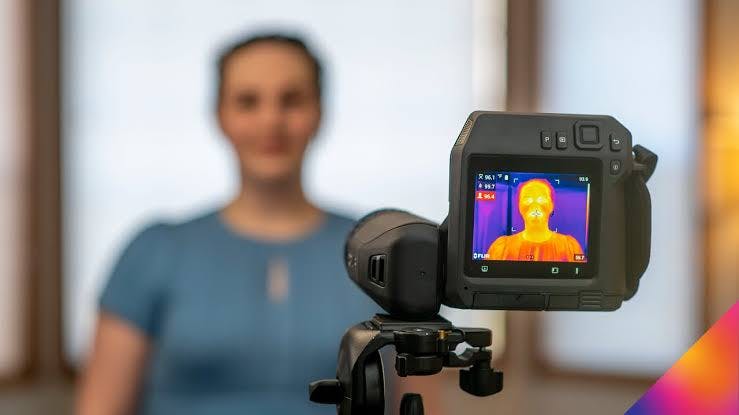A Brief About Covid-19! Covid-19 is the acronym for the coronavirus disease caused by SARS-CoV-2, which was first discovered in Wuhan city, China. Coronavirus spreads from person to person and is diagnosed with a laboratory test. The disease can be very severe and has caused millions of deaths around the world. The disease can be prevented from physical distancing, wearing masks, washing hands regularly and staying indoors if you feel sick.
How is technology helping to fight covid-19?
Timely update
Technology speeds up the communication between people and hence we are provided with timely, trustworthy information, travel restrictions, practical guidance and advices about the covid-19 through numerous digital platforms. The news is being broadcasted across the globe through national portals of respective countries, social media platforms and mobile applications, speaking of applications Arogya Setu remains the most popular app amongst Indians which uses contact tracing and Bluetooth of the device giving us the figures of confirmed, recovered and diseased covid-19 cases of all the affected states of India, it also keeps a record of people you have come in contact with and alerts you when any of your contacts test positive.
Medical field
The impact that technology has on medical field is magnificent. The industry of health and medicine is not same as it was 10 years back, today medical field can better detect diseases and symptoms, it has also evolved regarding treatments, data collection and much more. After the outbreak of covid-19, all the nations had to increase the manufacturing of medical equipment’s like Face masks, PPE kits, sanitizers, vaccines and medical oxygen which can only be achieved with the present technology. Most in demand were the Medical Oxygen and covid-19 vaccines, following is how they are produced.
Production Of Medical Oxygen
The process which we rely on is called pressure swing adsorption (PSA) process which consists of three main phases:
- Pressurization: it deals with the compression of the air in the atmosphere and then storing it in a high-pressure vessel
- Adsorption: Air passes through molecular sieves where the nitrogen is absorbed by aluminum and silicon compounds known as zeolite. The remaining air is passed through an air buffer tank.
- Depressurization: Now, Air passes in a series of cycle through alternating tanks to remove unwanted gases. The resulting gas is up to 96-percent pure oxygen. This oxygen is stored in a tank and can then be delivered in oxygen cylinders.

Production Of Vaccines
Vaccines contain inactive or weakened parts of a particular organism which is termed as antigen or they have blueprints for producing antigens that help to give a boost to the immune system within the body to fight the targeted disease. Now let’s have a look at how vaccines are manufactured and the technology behind it. One of the first covid-19 vaccine which was approved to be used globally was Moderna’s covid vaccine which is made using an innovative mRNA technology (messenger RNA) that instructs the cells to create a harmless fragment of the spike protein same as the coronavirus resulting in the escalation of the human immune system. Following is how mRNA is used to produce vaccines:
- The manufacturing process is started with the desired sequence of protein
- Now goes the designing and synthesis of the corresponding mRNA sequence which is nothing but the code that will create the protein.
- Before synthesis, mRNA sequence is engineered to optimize mRNA’s physical properties as well as those of the encoded protein.
- mRNA sequence is delivered to the cell responsible for making the desired protein via medicines or vaccines to the human body.
- Finally, when the mRNA sequence is delivered in the cell, human biology takes over letting ribosomes read the code and build the protein to prevent or treat the targeted disease.
Significance of computer science during the pandemic:
Many researchers, computer scientists and developers are using the most modern data science and artificial intelligence approaches to launch numerous projects to better detect, diagnose, treat and prevent the spread of coronavirus. Some of the projects and their uses are listed below:
Thermal cameras: Thermal imaging cameras which are used to detect fever (common symptom of covid-19) are a fast, contactless and reliable peace of tech which operates using thermography. Alejandro Kurtz de Grino a design and research engineer in Madrid, is developing a software that help the cameras meet technical standards required by the healthcare industry.

Thermal Imaging for Detecting Elevated Body Temperature
Covid-19 Detection Software:
The software goes by the name traXR which is used for tracking the virus on various surfaces with accuracy and efficiency. The technology has expanded so that the swabbing procedure can be applied to a range of workplace environments and also places with an urge of high risk of potential pathogen hotspots such as public places and public transport.
Let’s see how it works:
The technology which we are dealing with here is mixed reality (merging of real and virtual world to produce new environments and visualizations). TraXR is a powerful cloud- based task management system that uses latest Microsoft HoloLens 2 headsets or an app to record who, when and exactly where the sample was taken, it also provides with a trusted digital audit trail, immediate alerts and corrective actions, by digitally documenting through the traXR app.

Illustration of Mixed reality in the field of medical science
Using AI To Analyze the Human Immune System:
The human immune system is itself an astonishing diagnostic system, continuously detecting any signal of disease and adapting itself against the harmful disease. Major vendors, like Microsoft are partnering with vendors like Adaptive Biotechnologies to decode the human immune system using AI.
Let’s see how it operates:
- Firstly, by using the company’s machine learning and cloud computing capabilities, t-cell and b-cell receptors of DNA sequence data, which make up the immune system are analyzed.
- AI processes the data accumulated, to develop a universal T-cell receptor / antigen map to detect diseases.
- The universal T-cell map will enable understanding of overall human health and lead to more accurate diagnosis.
How technology has affected education during the COVID-19 pandemic:
Education is one of the most affected sectors from the pandemic. To prevent the spread of coronavirus, shutting down of schools and other educational institutes were seen an only reasonable option, but thanks to the emerging technological advancement, education shifted to digital learning such as:
Online Classes
To continue education without affecting the student’s whole academic year, educational institutes quickly shifted to video teleconferencing platforms which enables teacher-student interaction from their respective homes such as Zoom, Skype, Cisco, Google classroom and many more.

Digital Library
There are numerous resources on the internet regarding every field of education out there, you can find both paid and free courses with certificate verification which you can learn any time of the day suitable for you. You can not only learn but also teach a particular subject and get paid for. Students interested in self-teaching a new skill or course are taking advantage of such platforms and continue to prosper during the lockdown. Some of the platforms which offers wide variety of courses are ACM, Skillshare, Udemy, YouTube etc.
Technological impact on economic field during the pandemic:
Due to multiple lockdowns, from small businesses to massive IT companies have shifted to a digital-lifestyle. Even the small grocery shops and supermarkets have shifted to online selling and doorstep delivery as their primary businesses. on the other hand, IT industry and other organizations have shifted to work from home (WFH) economy which is arguably one of the biggest revolutionary stories of the 21st century. Overtime, businesses and other organizations have realized that technology enables their capability and with 100% WFH workforce have a greater impact on its employees and customers yielding positive results. Thanks for reading!
Written by Yasir Hussain.